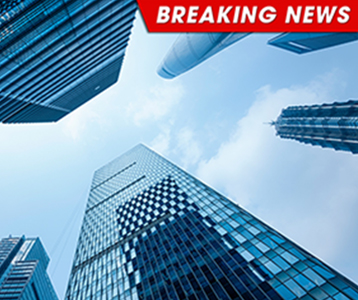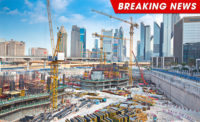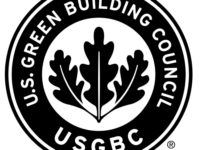USGBC Announces Buildings Eligible for LEED Recertification

The U.S. Green Building Council (USGBC) announced that it will begin offering LEED recertification for all LEED certified projects. To be eligible for certification, projects must submit 12 months of data demonstrating continued or improved performance. Once recertified, projects will meet the standards of the newest version of the LEED rating system available. This recertification will be valid for three years.
"For the last 25 years, USGBC has sought to make the communities in which we live, work, learn and play healthier, more resource efficient and less damaging to our ecosystems," said Mahesh Ramanujam, president & CEO, USGBC. "Recertification has always been part of the overall vision of LEED, and plays a key role in its continuing evolution. We are focusing on the areas where we can make the biggest impact to improve the standard of living globally – the performance of our buildings. That’s why we want all LEED projects to continue to demonstrate leadership and ensure they are actually providing real benefits to the people who inhabit them."
This announcement comes on the heels of the launch of USGBC’s "Living Standard" campaign, which was announced during the Greenbuild International Conference and Expo Opening Plenary.
"The standards that USGBC aspires to raise are that of the quality of life itself, in populations in every corner of the planet," added Ramanujam. “The Living Standard campaign highlights how people can use LEED to help improve everything from the buildings we inhabit, to the air we breathe, to the way we feel, to how long we live. And LEED recertification plays a key role in meeting the intention and spirit behind this campaign. LEED recertification is an opportunity for us to see lasting change by improving existing buildings. And with so many existing buildings in the world, even an incremental improvement can make a tremendous impact."
USGBC set in place a structure to fully move toward the ongoing, performance-based certification and monitoring model when LEED 2009 was introduced several years ago. Now, recertification will be available to all occupied and in-use projects that have previously achieved certification under LEED. This will allow them to fully quantify their investments and contributions in making this planet a better place.
"The decision to introduce recertification was designed to provide project teams with a tool to monitor their performance data, prove that their buildings are performing as intended and achieve even higher levels of performance," said Melissa Baker, senior vice president for technical core at USGBC. "LEED recertification will allow all LEED building owners to continue to demonstrate leadership long after the projects are constructed, certified and occupied."
When LEED was introduced in 2000, it was a universally agreed upon holistic system of metrics for reducing energy, water, waste and promoting human health and wellness. Today, LEED has evolved into the most widely used green building program in the world. It has become an international symbol of green building leadership and sustainability excellence. People know that if they are in a LEED-certified building they are using less energy and water, avoiding waste, saving on maintenance costs, improving indoor air quality, offering comfort to their occupants, and creating less environmental burden on their community while increasing economic prosperity. They also know that they are in a building that enhances health and wellness.
For more information on LEED recertification, review the Recertification Guidance
Looking for a reprint of this article?
From high-res PDFs to custom plaques, order your copy today!




